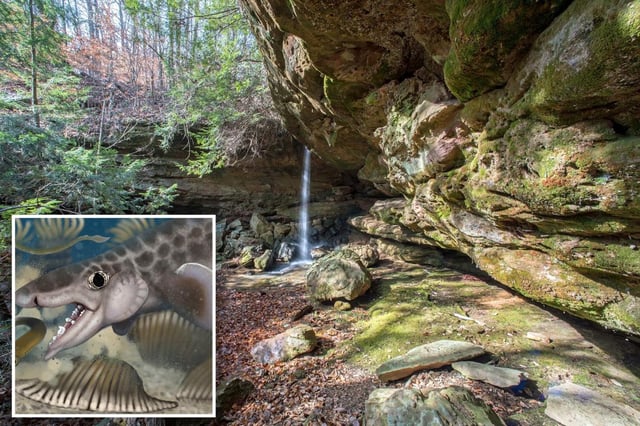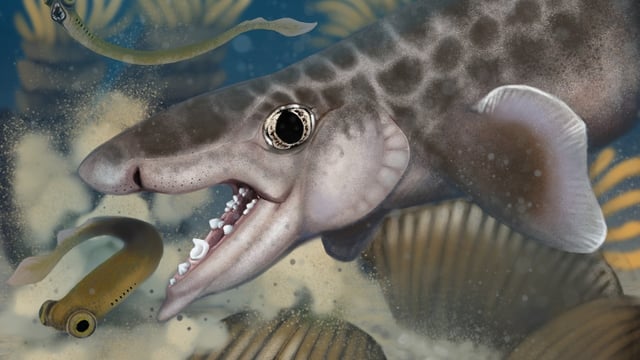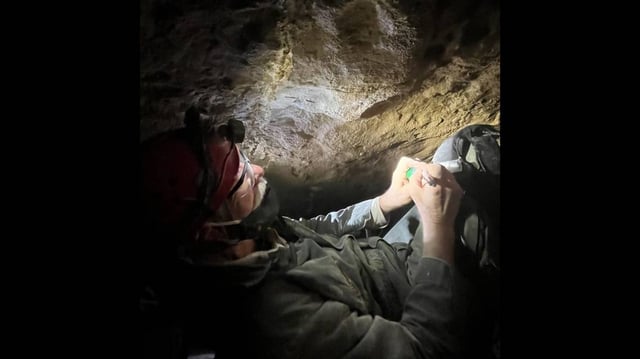Overview
- Macadens olsoni is distinguished by a curved tooth whorl and likely measured under a foot long, using its crushing teeth to feed on mollusks and worms.
- The fossils were recovered from the Ste. Genevieve Formation, a Devonian–Carboniferous boundary layer once submerged beneath a warm shallow sea.
- The species name honors Mammoth Cave National Park and retired park scientist Rickard Olson for his role in documenting the site’s shark fossils.
- Researchers reclassified Helodus coxanus as Rotuladens, meaning “wheel tooth,” to highlight its distinctive circular dentition.
- More than 40 fossil shark species and relatives have been catalogued at Mammoth Cave over the past 10 months through a joint National Park Service–Smithsonian Paleontological Resource Inventory.


